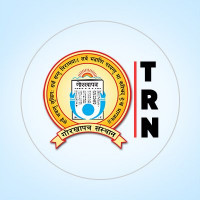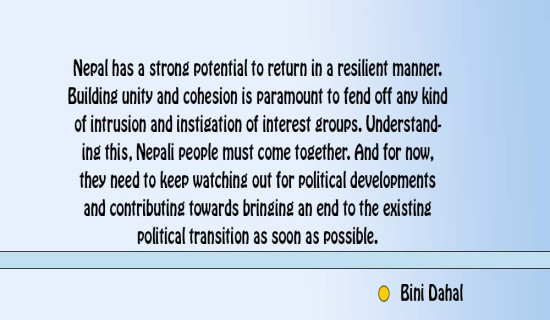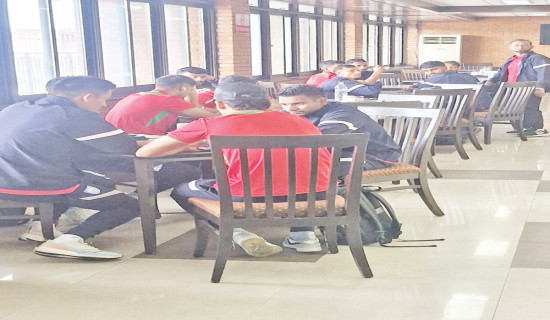- Friday, 12 September 2025
Semiotics Of Unequal Power Relations
Anyone who ponders over human communication of olden times must think what life would be like if there were no means of communication. There was no language with intelligible words and their meaningful combinations. The person who invented hieroglyphs on the cave walls was probably the first to use signs of interlocution. As the civilization advanced, systematic forms of language developed. People of different communities began to use sounds to make words in verbal communication, and much later, they invented scripts for written communication. Then, different linguistic communities began to use their specific languages for effective communication.
Language is the easiest means of communication between the people of a linguistic community. However, it cannot cover all forms of communication. There are also other forms of interpersonal communication, such as gestures, body language, natural objects, and cultural artifacts, which widen the scope of communication.
Signs and meaning
Apart from Ferdinand de Saussure (1857-1913), who defined linguistic sign as the combination of concept and sound image, other prominent semioticians, such as Charles Sanders Peirce (1839-1914), Roland Barthes (1915-1980), and Umberto Eco (1932-2016), contributed to the study of signs and meaning, applying semiotic principles to diverse fields of social life in terms of language, literature, culture, and politics. Those semioticians argued that other forms of nonverbal communication were as significant as verbal communication. They explained that semiotics is the study of signs and symbols and how they create meaning within an established system of communication. A bit difficult though it seems to understand semiotics, it can nevertheless be applied to quite commonplace affairs of life, such as traffic lights, where red means "stop" and green means "go".
Except for the signs that resemble natural objects, most semiotic indicators are socio-cultural/political constructs created by powerful groups of people, who make the powerless believe that they are self-evident truths. Semiotics is the meaning-making process at the undercurrent level, which does not overtly reveal the unequal power relations that exist without our knowing.
Multiple examples of unequal power relations through non-linguistic signs can be cited to illustrate the point. Diverse social groups include age, sex/gender, professional position, race/ethnicity, class, and geographical region. While some social groups do not involve significant power, as they involve familial relations and are thus less political, other social groups involve more politics and power, albeit implicitly.
Among others, power relations between the groups of senior and junior age are not unpleasant. The young people happily bow their heads down (a non-linguistic sign) to their seniors, such as parents, grandparents, and other people of the same age group. Despite feminist criticism, women also show respect to their husbands in other forms of signs, thinking that the latter are senior to the former, perhaps because wives in contemporary Nepali society, or even most other cultures, are generally younger than their husbands.
But other social groups contain different degrees of power, which are reflected in specific signs and symbols. Those groups operate within unequal power relations. The personnel of higher professional positions, for instance, expect more respect from those of junior positions, not simply reflected in linguistic signs, but in other forms of sign, such as bowing their heads down or standing up from their seats in the sudden presence of their seniors, or pressing both hands together.
Likewise, in Nepali society, the so-called Dalit social groups are not allowed to sit together with the upper caste people, such as the orthodox Brahmans who would like to wear their special attire known as dhoti (semiotic sign) around their loins, while having meals. The dhoti has nothing to do with the type of cotton it is made of, but the semiotic value attached to it, indicating an upper caste, suggests unequal power relations.
Likewise, in the Euro-American society, the Negro people, descendants of African tribes, are supposed to be inferior to the white European-Americans because of their colour, still another semiotic indicator to suggest the superior-inferior divide in terms of not inner worth but the cosmetic outlook. Surprisingly, however, the image of a black man saluting the French flag should suggest national unity in France. The image of saluting is regarded as an essential semiotic indicator to suggest oneness despite unequal power relations between the whites and non-whites.
Power relations
Power relations between the people of the upper and lower classes are indicated through specific signs, such as abodes to live in, cars to ride on, meals to have, clothes to wear, toys to play with by their children, and a host of other non-linguistic signs. The values attached to variant forms of objects indicate unequal power relations between those groups, dehumanising the people in low-strata groups.
The other category of non-linguistic signs used as semiotic indicators can be noticed among the people of different regions, such as urbanites and ruralites. Whereas the former are regarded as civilised, cultured, educated, and knowledgeable, the latter are supposed to be barbarous, philistine, uneducated, and ignorant in terms of non-linguistic signs such as attire, cleanliness, and other aspects.
Of the various forms of semiotics mentioned above, the last, namely political semiotics, is the most prominent, as it involves power relations between independent sovereign nations. All the above-mentioned non-linguistic signs are apparent semiotic indicators of unequal power relations between people from various social groups living on the same earth, and also between sovereign states that have existed long before we are aware of them. Let this not happen.
(The author is the chairman of the Molung Foundation.)















